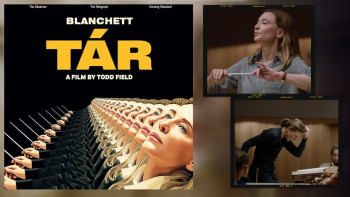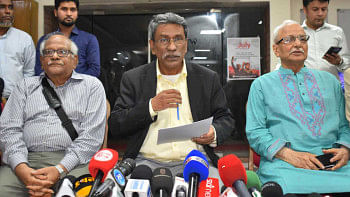‘Anatomy of a Fall’: Exploration of love, loss, and legal intrigue

Justine Triet's Cannes Palme d'Or and Golden Globe-winning masterpiece, "Anatomy of a Fall", transcends the boundaries of traditional cinema, diving into the labyrinthine intricacies of human connections. A mesmerising portrayal by Sandra Hüller adds an intensely personal touch to this gripping French drama, where love's mysteries unfold against the breathtaking backdrop of the French Alps.

In this tantalising screenplay, Triet takes the audience on a journey through the enigmatic realm of a marriage on the brink. Sandra, a successful German author, and her late French husband, Samuel, are at the centre of a courtroom drama that explores the nuances of their relationship.
Language, a potent metaphor, becomes a battleground for the couple, emphasising the challenges of communication within the confines of marriage.
The sudden mysterious death of Samuel puts Sandra into a legal maelstrom, with suspicions of murder casting a dark shadow over her life. Triet's narrative mastery transforms the courtroom proceedings into a riveting experience, mirroring the complexities of real-life relationships.

The brilliantly written script, co-authored by Triet and her husband Arthur Harari, weaves a layered tapestry reminiscent of courtroom classics like "Kramer vs Kramer" and "Anatomy of a Murder".
The film's extended runtime, initially testing patience, ultimately becomes an essential tool for deepening the immersion into Sandra and Samuel's shattered world. Triet's probing questions about trust, resentment, and the intricate web of human emotions resonate universally, inviting viewers to confront their own emotional minefields.
What sets "Anatomy of a Fall" apart is its refusal to offer clear-cut answers. Triet skillfully navigates the uncertainties of love and loss, leaving the audience with lingering doubts and a sense that a crucial piece of the puzzle remains tantalisingly out of reach. This uncertainty transforms the film into a mirror reflecting the raw, unfiltered emotions of real-life relationships.

Triet's societal commentaries further elevate the film, challenging gender roles and societal expectations within marriage. Triet skillfully embeds societal reflections within the film, questioning traditional gender roles, societal discomfort around assertive women, and the expectations placed on marriage. Sandra's unapologetic choices challenge stereotypical victimhood, painting a complex picture of a woman unafraid to pursue her desires, even amid societal scrutiny. Sandra's unapologetic choices and assertiveness echo the defiance faced by many individuals navigating societal pressures.
The film becomes a profound exploration of individual desires amid the constraints of a judgmental world.

Sandra Hüller's performance as Sandra is nothing short of stunning, capturing the character's motives and buried emotions with an internalised brilliance. The film's portrayal of Sandra's unconventional choices — prioritising her career over childcare, drawing from personal experiences for her writing, and embracing bisexuality — challenges societal norms without conforming to victimhood.
The courtroom drama, a genre often prone to stiffness, transforms into an electric, dynamic, and compulsively watchable experience. Triet's direction, coupled with Hüller's commanding presence, keeps the audience on edge, questioning not only the murder mystery but the very essence of love and partnership.

In essence, "Anatomy of a Fall" emerges as more than just a murder mystery. It becomes an exploration of the decline of a partnership, a haunting analysis of how marriages can crumble in slow motion over years of resentments and betrayals.
As the credits roll, "Anatomy of a Fall" lingers in the mind, prompting introspection about the fragility of love, the intricacies of communication, and the inevitability of emotional tumult within the confines of intimate connections. Justine Triet's magnum opus isn't merely a film; it's a profound meditation on the anatomy of human fallibility in the face of love's complexities.

 For all latest news, follow The Daily Star's Google News channel.
For all latest news, follow The Daily Star's Google News channel. 









Comments